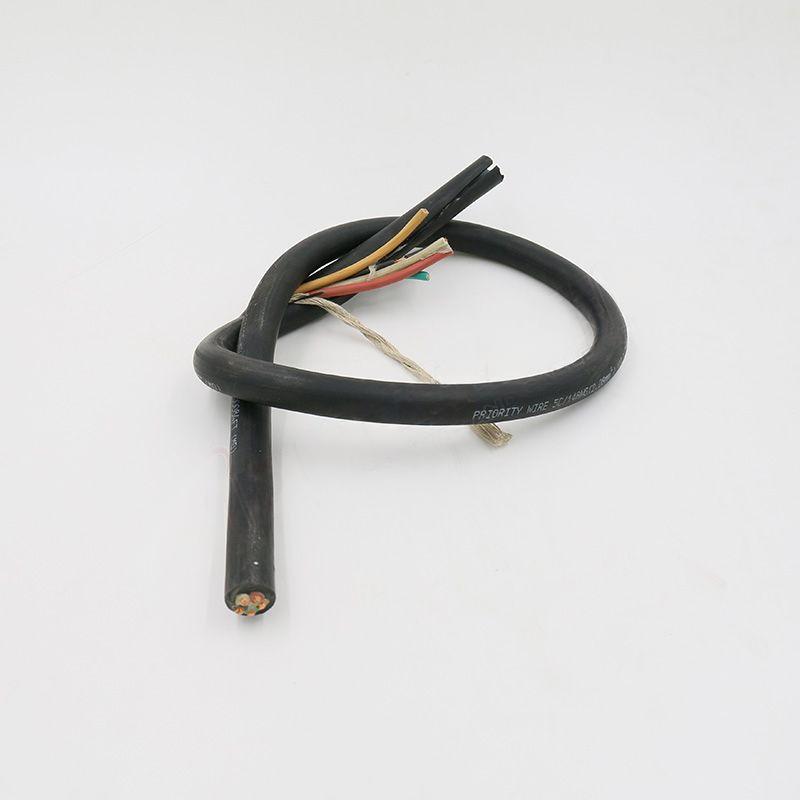Dec . 04, 2024 18:08 Back to list
galvanized rubber expansion joint
Understanding Galvanized Rubber Expansion Joints
In various engineering and construction applications, the need for flexibility and resilience in piping systems is paramount. One of the key components that addresses this requirement is the galvanized rubber expansion joint. These sturdy yet flexible devices play a crucial role in managing dimensional changes caused by temperature fluctuations, vibrations, and system movements. In this article, we will explore what galvanized rubber expansion joints are, their benefits, applications, and maintenance.
What are Galvanized Rubber Expansion Joints?
Galvanized rubber expansion joints are specialized fittings designed to absorb movements in piping systems. They are made from an elastomeric material, usually rubber, which is bonded with metal, often treated with a galvanization process to enhance its corrosion resistance. This combination allows the expansion joints to flex under pressure, accommodating thermal expansion, contraction, and vibrations while maintaining the integrity and leak-proof nature of the piping system.
Benefits of Galvanized Rubber Expansion Joints
1. Flexibility The primary advantage of rubber expansion joints is their ability to absorb movement. This flexibility prevents stress and fatigue on connected pipes, which is critical in industrial systems where pipes experience thermal expansion.
2. Corrosion Resistance The galvanization process involves coating the metal surfaces with a layer of zinc, providing excellent protection against rust and corrosion. This is particularly beneficial in environments where moisture and chemicals may degrade standard metallic components.
3. Vibration Dampening Rubber expansion joints have inherent properties that help reduce vibrations in piping systems, protecting sensitive equipment downstream and enhancing the overall longevity of the system.
4. Pressure Management These expansion joints are designed to withstand significant pressure fluctuations, ensuring that the connected piping maintains its integrity even under varying operational conditions.
5. Ease of Installation Galvanized rubber expansion joints can be installed easily compared to traditional rigid joints. Their flexible design allows for quicker adjustments and alignments during installation.
Applications of Galvanized Rubber Expansion Joints
Galvanized rubber expansion joints are utilized in a wide range of industries and applications, including
galvanized rubber expansion joint

2. HVAC Systems Heating, ventilation, and air conditioning systems often incorporate galvanized rubber expansion joints to manage ductwork expansion and to dampen vibrations made by fans and compressors.
3. Chemical Processing In chemical plants where corrosive substances are handled, the corrosion-resistant properties of galvanized rubber joints make them a preferred choice in piping systems.
4. Power Generation Power plants, whether fossil fuel-based or renewable, utilize rubber expansion joints in various piping configurations to maintain system integrity and minimize mechanical stress.
5. Industrial Manufacturing Many production facilities rely on these expansion joints to ensure reliability in fluid transfer systems amidst varying operational conditions.
Maintenance of Galvanized Rubber Expansion Joints
While galvanized rubber expansion joints are designed for durability, regular maintenance is essential to ensure their longevity and effectiveness. Here are some maintenance tips
1. Inspection Periodically inspect the joints for signs of wear, tearing, or surface degradation. Any visible damage can lead to leaks and operational issues.
2. Cleaning Keep the joints clean and free from debris that could potentially hinder their operation. Use non-abrasive materials to avoid damaging the rubber surfaces.
3. Alignment Check Ensure that pipes connected to expansion joints are properly aligned. Misalignment can lead to increased stress and premature failure of the joints.
4. Monitor Environmental Conditions Be aware of and mitigate potential contaminants in the surrounding environment that could affect the integrity of the rubber.
Conclusion
In summary, galvanized rubber expansion joints are crucial components in modern piping systems across various industries. By absorbing movements, dampening vibrations, and providing corrosion resistance, they contribute significantly to the efficiency and longevity of industrial processes. Proper maintenance and regular inspections will ensure that these joints continue to function effectively, safeguarding the integrity of piping systems for years to come. As industries progress and evolve, the importance of such adaptable and durable components will only grow.
Share
-
Reliable Wafer Type Butterfly Valves for Every IndustryNewsJul.25,2025
-
Reliable Flow Control Begins with the Right Ball Check ValveNewsJul.25,2025
-
Precision Flow Control Starts with Quality ValvesNewsJul.25,2025
-
Industrial Flow Control ReliabilityNewsJul.25,2025
-
Engineered for Efficiency Gate Valves That Power Industrial PerformanceNewsJul.25,2025
-
Empowering Infrastructure Through Quality ManufacturingNewsJul.25,2025